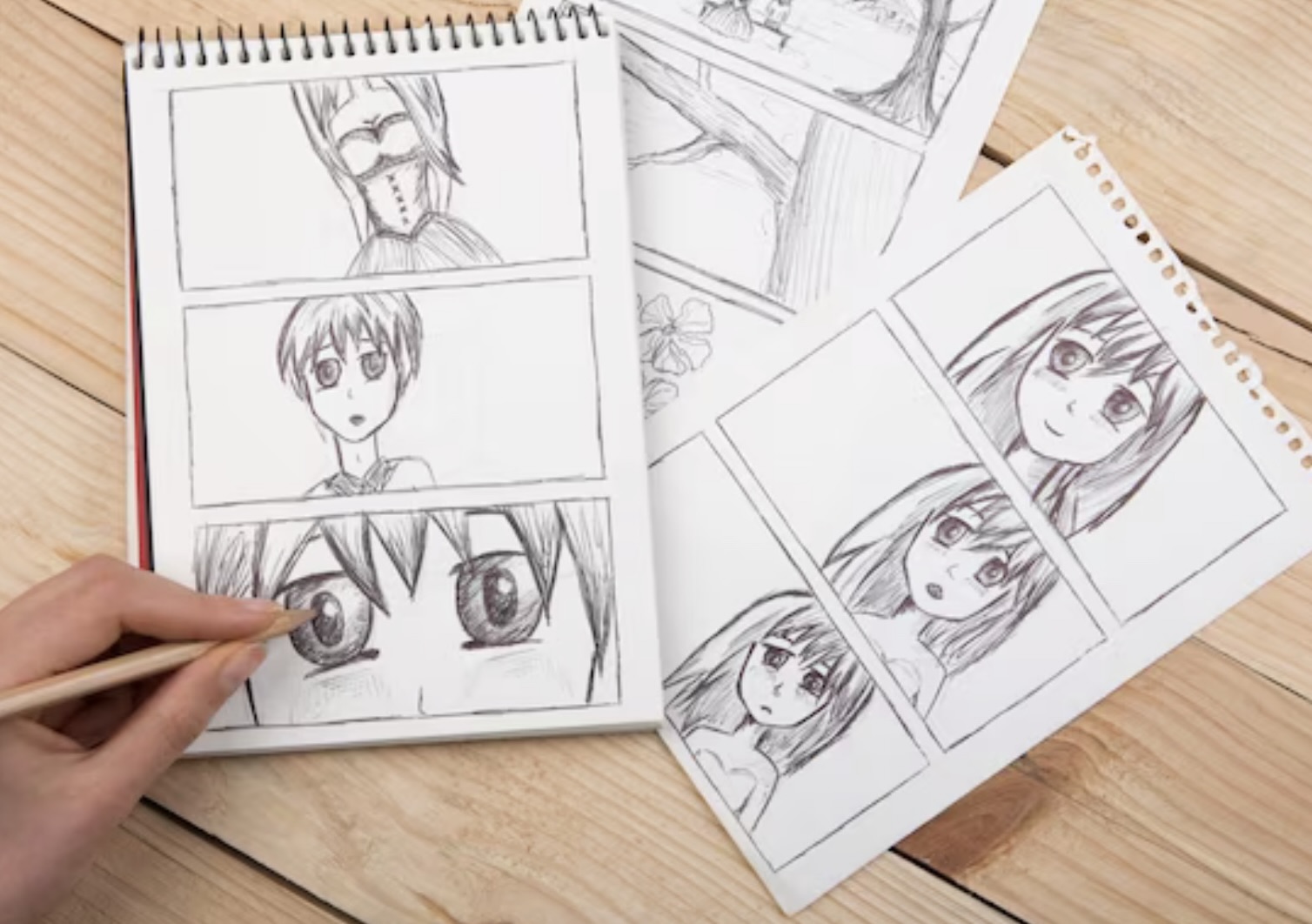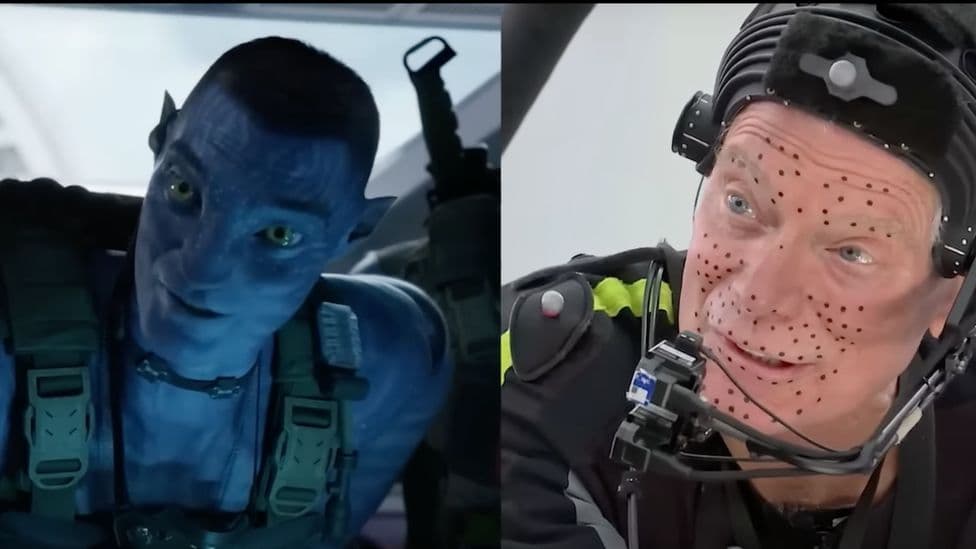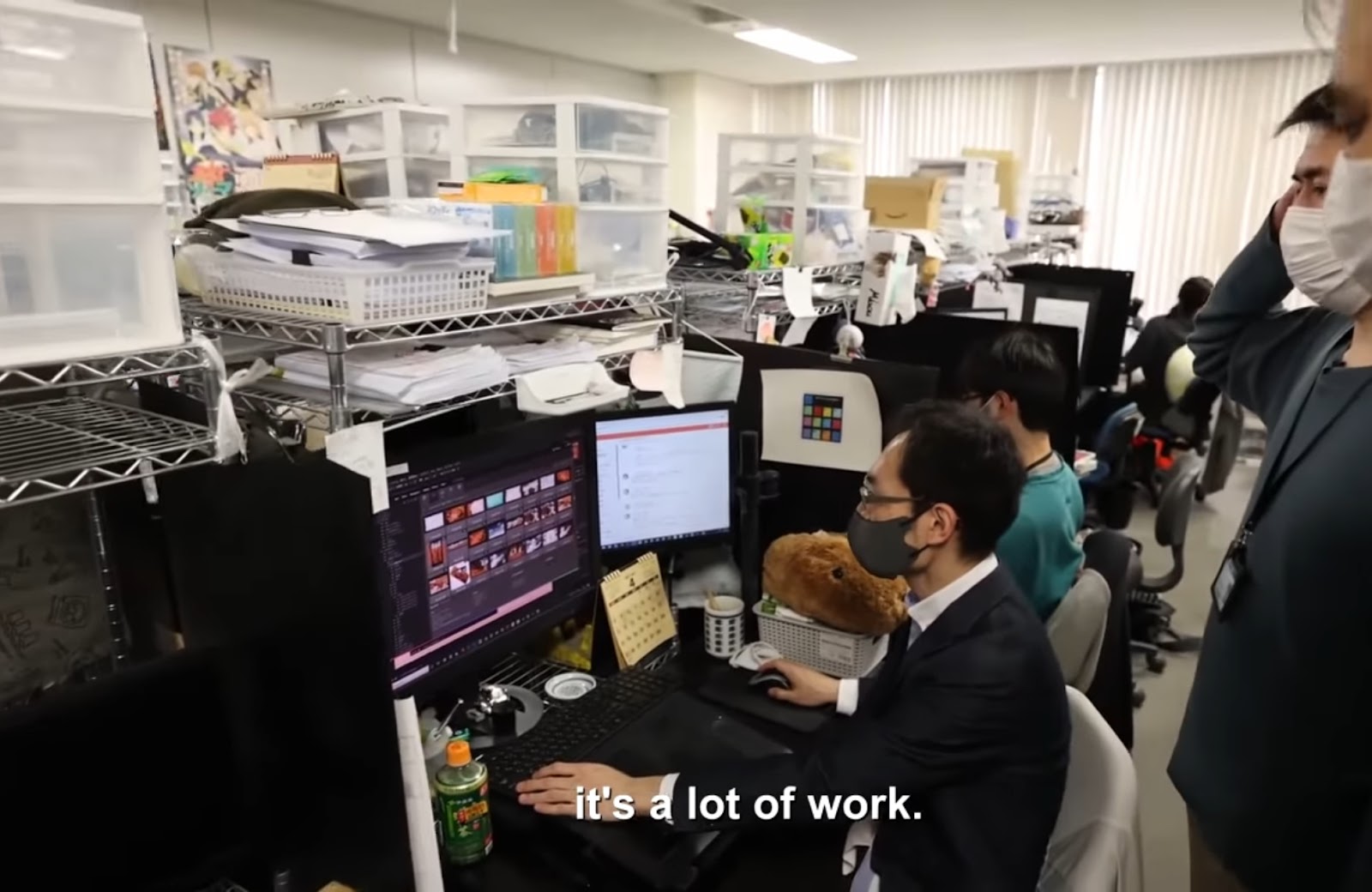2D VFX animation endows ordinary visuals with an extraordinary allure, infusing them with life and energy. It’s a potent post-production tool, manipulating images and creating mesmerizing visual narratives that captivate audiences. It’s time to dive in and explore!
Demystifying 2D VFX Animation
2D VFX Animation, standing tall in the realm of visual effects (VFX), typically denotes the visual intrigue created in a two-dimensional arena devoid of 3D facets. It involves the artful craft of tweaking and uplifting imagery using various techniques like rotoscoping, matte painting, compositing, and motion tracking.
Unlike 3D VFX that relies on three-dimensional assets and environments, 2D VFX crafts its magic within the plane of two dimensions. It plays a pivotal role in post-production processes, adeptly working with other stages like color correction, compositing, and final rendering.
Exploring the Spectrum of 2D VFX Animation
During the post-production stage, 2D VFX animation opens a world of endless possibilities for enhancing 3D animations. It enables the creation of diverse visual elements that confer life, verisimilitude, and atmosphere onto the animated scenes.
The following are some popular examples of 2D VFX frequently utilized during post-production:
- Sparks: Often used to portraying sudden bursts of sparks, adding an extra layer of detail to the animation, thus enriching the overall viewer experience;
- Pixie Dust: Associated with fantasy worlds, this effect creates an otherworldly atmosphere, adding a magical touch to the scene;
- Dust: Adding subtle dust effects infuses depth and realism into animations, regardless of whether it’s a dusty environment, a crumbling building, or a magical spell being cast;
- Lens Flare: A simulated optical phenomenon often used in 2D VFX to add visual depth and intrigue to 3D animations;
- Smoke: Smoke effects in 2D VFX provide a efficient way to add smoke to a scene, enhancing visual impact;
- Rain/Snow: Using 2D VFX for creating rain or snow effects yields convincing results without excessive computational demands;
- Background Replacements: With 2D VFX, backgrounds can be seamlessly removed or added during post-production, allowing the integration of 3D elements into differing environments;
- Camera Shake: This effect can be added in post-production to mimic the handheld camera look, boosting a sense of realism or dynamic action;
- Fire/Water: Fire and water effects, often complex to simulate in 3D, can be convincingly created using 2D VFX techniques;
- Rotoscoping: A technique where objects in video or film are traced to modify or remove them, allowing precise manipulation of elements in a scene.
The Perks of Using 2D VFX in 3D Animations
The integration of 2D VFX into 3D animations presents a host of benefits:
- Efficiency: Crafting effects in 2D software usually demands less effort and is faster, ensuring optimal utilization of resources;
- Cost-effectiveness: 2D VFX is a cost-effective solution for fixing flawed shots during the production stage, eliminating the need for re-rendering or reworking;
- Flexibility: The inherent flexibility of 2D VFX allows easy manipulation and enhancement of visual elements, enabling better control over the final result;
- Seamless Integration: The amalgamation of 2D VFX with 3D animations allows the blending of the two elements, producing a visually spectacular final product;
- Color Correction: Along with 2D VFX, color correction plays a vital role in enhancing visuals and maintaining consistency throughout the animation.
The Role of a 2D VFX Artist
A 2D VFX artist is pivotal to the post-production process, devoting their expertise to the creation and implementation of 2D visual effects. They work closely with the Technical Director, ensuring that the FX assets align with the desired style and quality. They collaborate with the rendering and compositing departments, and liaise with the Production Manager and VFX Supervisor to discuss technical requirements and other relevant production aspects.
The Impact of 2D VFX Animation on Storytelling
2D VFX animation has significantly revolutionized storytelling, immersing audiences in more profound and engaging narratives. It provides filmmakers with a powerful medium to visually convey complex emotions and ideas, elevating the overall cinematic experience by leaps and bounds.
The Future of 2D VFX Animation
As technology and creativity continue to intertwine, the future of 2D VFX animation looks promising. Advancements in AI, machine learning, AR, and VR are set to redefine the animation landscape, opening new avenues for innovation and storytelling.
Comparative Table
| Feature/Aspect | Traditional 2D VFX | Modern Digital 2D VFX |
|---|---|---|
| Techniques Used | Hand-drawn animations, matte paintings, rotoscoping done manually with physical film. | Digital compositing, computer-generated imagery (CGI), digital rotoscoping. |
| Tools | Pencils, inks, paints, celluloid sheets, optical printers. | Software like Adobe After Effects, Nuke, Toon Boom Harmony. |
| Flexibility | Limited by the artist’s skill and physical materials. Changes can be time-consuming and costly. | High flexibility with the ability to easily modify effects, colors, and textures. |
| Speed of Production | Time-consuming due to the manual labor involved. Each frame must be created and processed by hand. | Faster production times due to digital tools that streamline the creation and editing process. |
| Cost | Potentially lower initial costs for materials but higher labor costs and longer production times. | Higher initial costs for software and hardware, but reduced labor costs and shorter production times. |
| Visual Quality | Unique, artistic quality with a human touch. Visual style is often specific to the artists’ capabilities. | Consistently high-quality visuals that can be adjusted to match any artistic style or requirement. |
| Revisions and Edits | Challenging and time-consuming. Often requires redoing work from scratch. | Easily done within the software, allowing for multiple iterations with minimal additional effort. |
| Scalability | Difficult to scale for large projects due to manual processes. | Easily scalable for projects of any size, thanks to digital workflows. |
| Realism and Integration | Achieving realism can be challenging and depends on the artist’s skill in mimicking real-world physics and light. | Advanced tools and algorithms enable highly realistic effects that can seamlessly integrate with live-action footage. |
| Accessibility | Required extensive training in traditional art techniques and access to physical materials. | Accessible to a wider range of creators with varying skill levels, thanks to intuitive software and online tutorials. |
Video Guide
To answer all your questions, we have prepared a video for you. Enjoy watching it!
Conclusion
2D VFX animation stands as a testament to the transformational power of post-production enhancement. It revitalizes scenes, infuses them with reality, and takes the overall visual narrative up a notch by adding various effects like dust, smoke, and sparks. With 2D VFX animation, the ordinary becomes extraordinary, entrancing audiences with its captivating prowess and undeniable charm.



